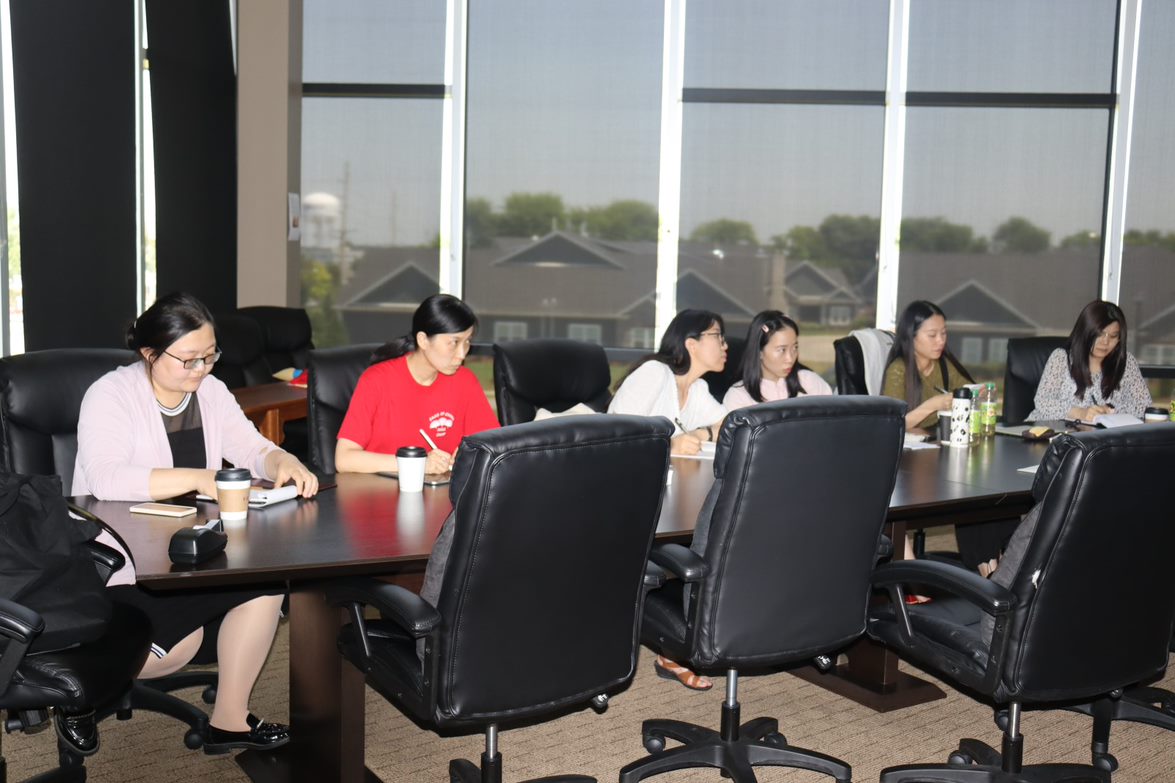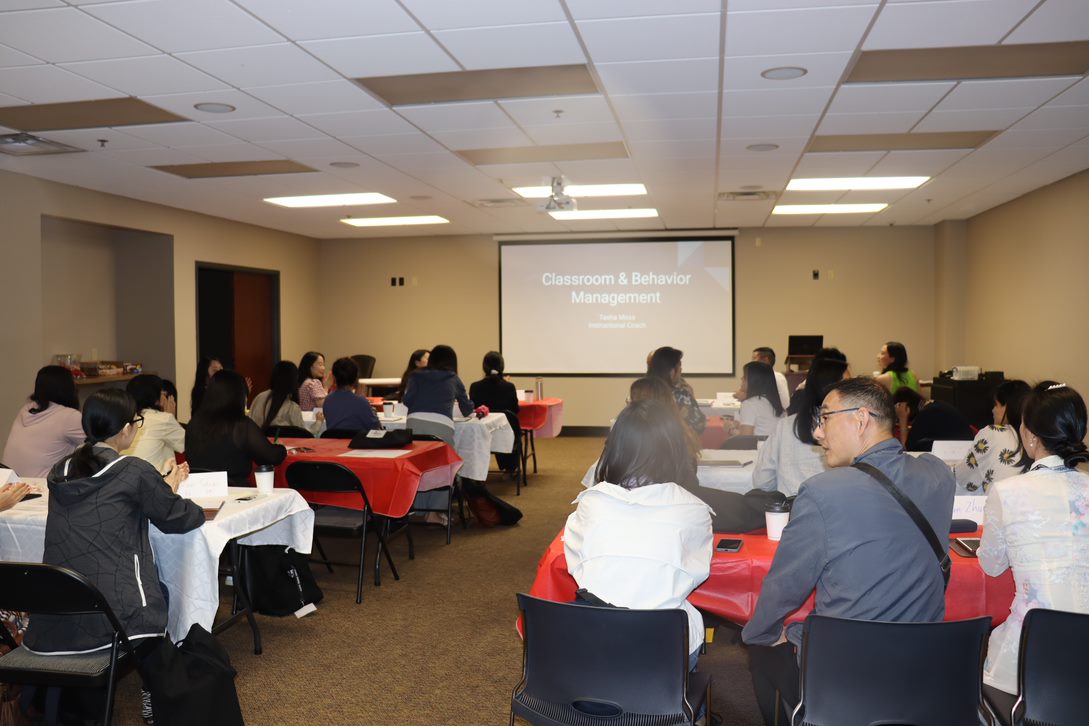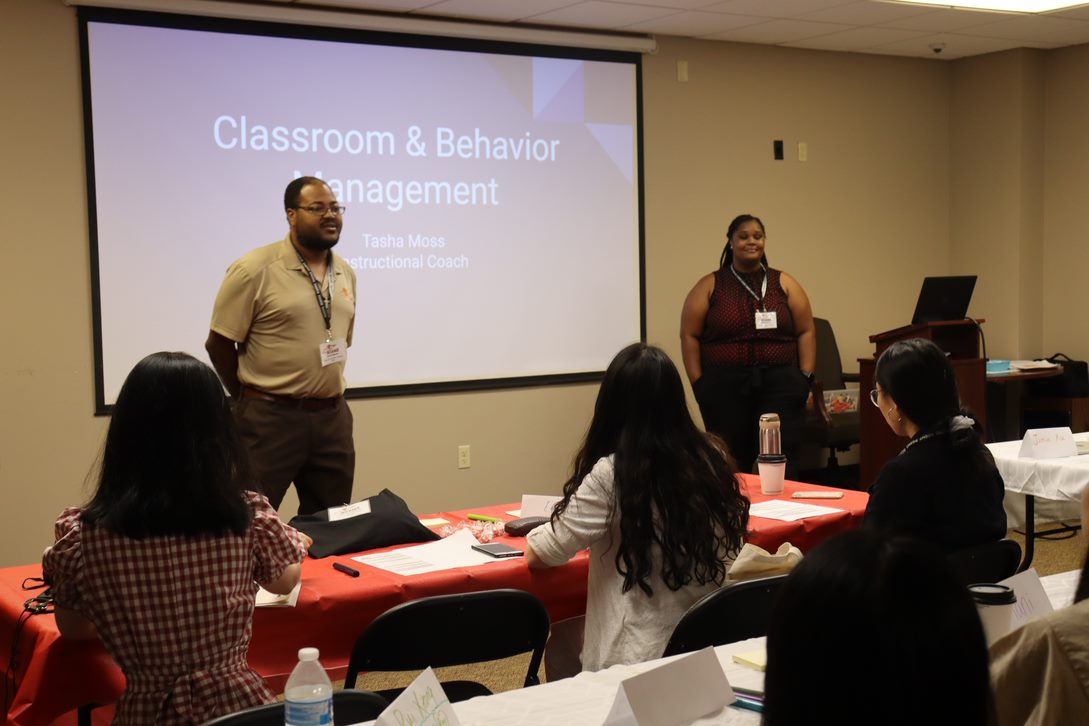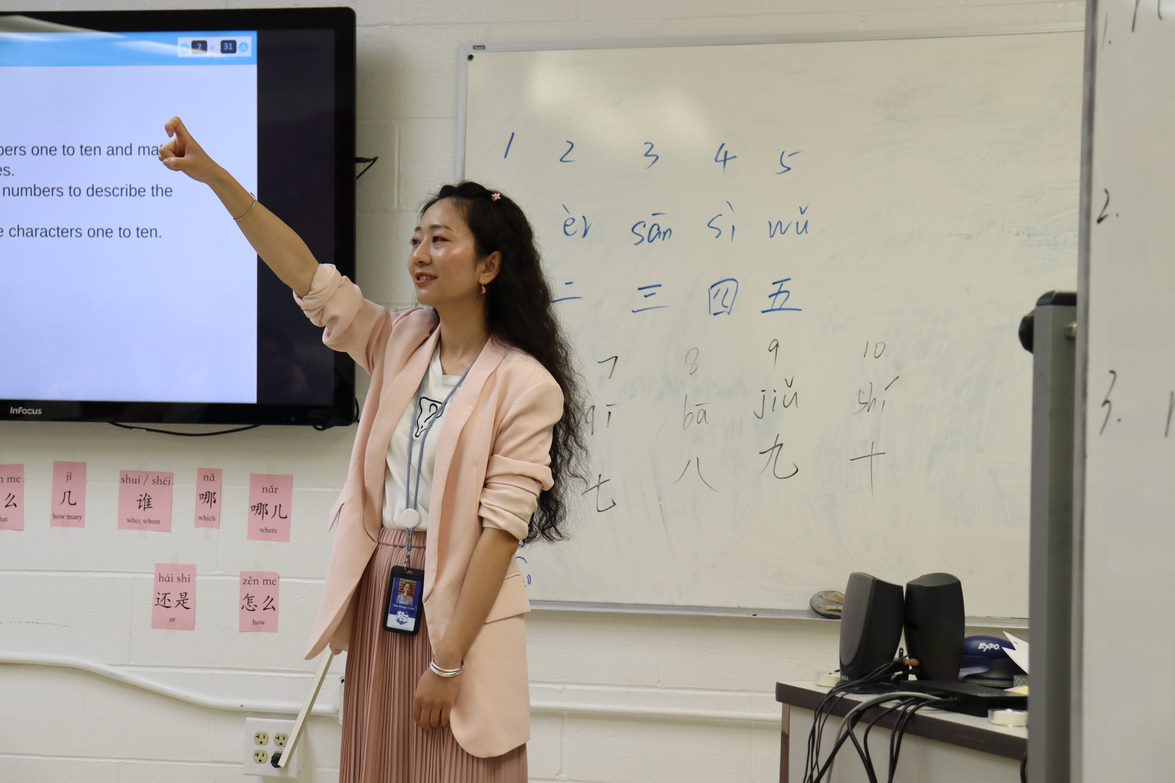A curriculum consists of several individualized processes, and steps geared toward guiding your organization to success. Overall, a curriculum is the outline of concepts to be taught to students to help them meet the content standards. It is an interactive system of instruction and learning with specific goals, contents, strategies, measurements, and resources. When we develop a curriculum, we ensure that our clients understand the following concepts:
Contact BGEMS for more information
Common Core Standards & International Learning Standards
- BGEMS’ curriculum includes not only language, but Science, Social Studies, Mathematics, Physical Education, Music/Art.
- Common core standards are a set of learning standards in teaching to ensure that students are determined to be sufficiently educated at each grade level and upon graduation. This is identified in two areas:
- College and Career Readiness Standards – Address what students are expected to know and understand by the time they graduate from high school.
- K-12 Standards – Addresses expectations for elementary school through high school.

Scope & Sequence
- Is a list of all of the ideas, concepts, and topics that will be covered in the book, in courses, or in lesson plans assigned within a curriculum. It supports the building of materials in a clear and concise sequence to ensure proper understanding and knowledge attainment by the student.
- Scope – refers to the areas of development addressed by the curriculum.
- Sequence – includes plans and materials for learning experiences to support and extend children’s’ learning at various levels of development.

Lesson Plans
Based on the scope & sequence, lesson plans are developed by the individual teacher. This took is a detailed, step-by-step guide that outlines the teachers’ objectives for what the students will accomplish during the course of the lesson and how they will learn it. Involves:
- Setting Goals
- Developing Activities
- Determining the materials to be used

Review
Neurophysiological studies show that one of the important components of learning is repetition or practice, which helps to strengthen the connection of the wiring in the brain.
As key concepts are learned in the class, the material is reinforced through “Review” before continuing to the next subject. This helps remind students of what they learned and develops a concrete base for building upon their learning.

Assessments
There are two distinct types of assessments:
- Formative Assessments – a process used by teachers and students during instruction that provides feedback to adjust ongoing teaching and learning to improved students’ achievement of intended instructional outcomes. It is usually a “low stakes” or non-graded type of assessment.
- Summative Assessments – an evaluation of student learning at the end of an instructional unit by comparing it against some standard or benchmark. These assessments are “high stakes” which means that they have a high point value (i.e. mid-term exams, finals, etc.).
![[group]](https://www.bgeducationms.org/wp-content/uploads/2023/01/group-799x571-1.jpg)
